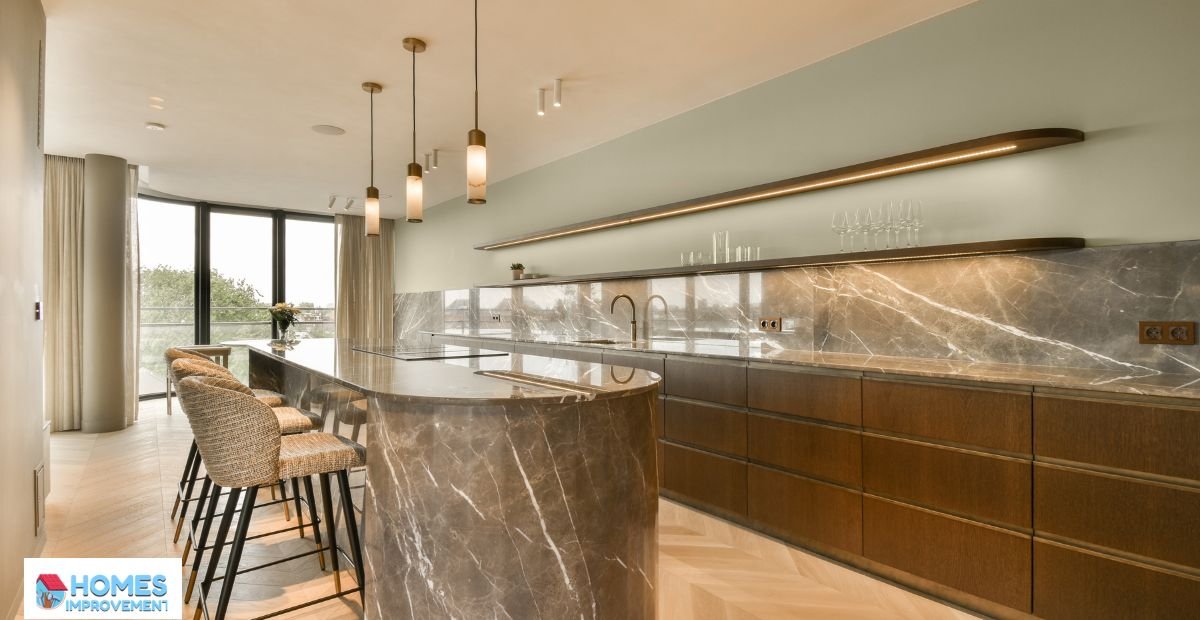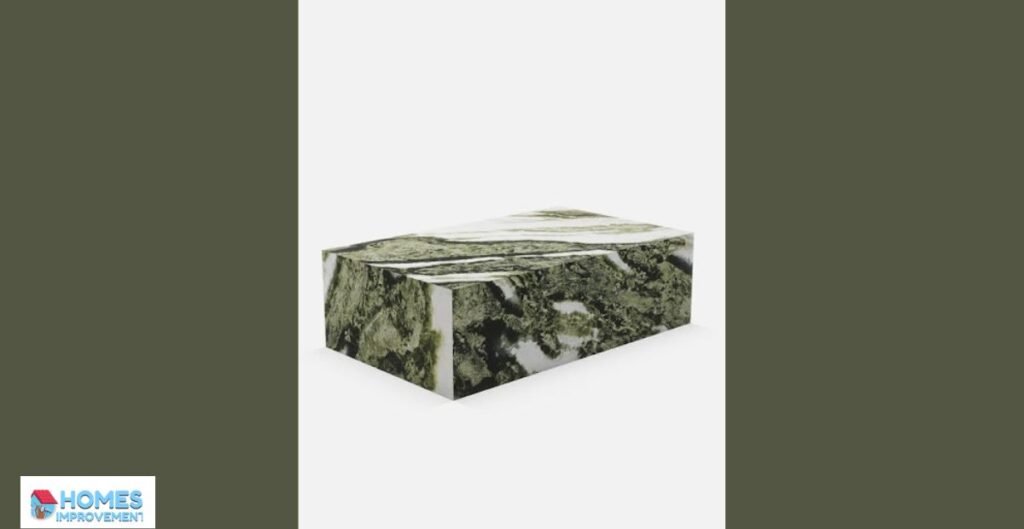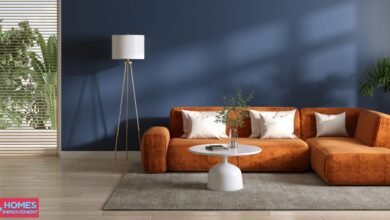The Ultimate Guide to Decorating with Marble Furniture — Featuring Dark Green Marble

Marble has long stood as a symbol of timeless beauty, elegance, and architectural refinement. From ancient Roman villas to today’s modern interiors, marble continues to be a material of choice for those who seek both natural luxury and design sophistication. Among the many ways to bring marble into the home, marble furniture—especially in striking tones like dark green—has become increasingly popular.
This comprehensive guide explores how to decorate with marble furniture, with a special focus on styling and designing with dark green marble. Whether you’re aiming for modern minimalism or rich, nature-inspired textures, marble offers a versatile and lasting design element.
1. Understanding Different Types of Marble
Different marble varieties create different visual and emotional effects in a space. Choosing the right one for your furniture is the first step in achieving your desired look.
Popular Types of Marble:
- Carrara Marble (Italy): Soft white with delicate gray veining, ideal for minimalist and Scandinavian styles.
- Calacatta Marble: Bold white marble with large dramatic veins, often used in high-end kitchens and feature furnitures.
- Travertine: Warm beige-toned stone with a soft, porous surface. Perfect for natural, Mediterranean, or Japandi interiors.
- Dark Green Marble: Rich and moody, with unique veining. Works well as a focal point in luxurious or organic spaces.
Each type varies in texture, color, and veining—select based on your design direction.
2. Use Marble Furniture as a Statement Piece
Marble furniture is most impactful when used intentionally. Its strong material presence can anchor an entire room when featured as a focal point.
Examples of effective use:
- A green marble coffee table in a neutral-toned living room
- A Calacatta marble dining table paired with metal or wood chairs
- A travertine console in the hallway with subtle lighting
- A dark marble bedside table in an otherwise light-toned bedroom
Strategic placement allows the beauty of the stone to speak without overwhelming the space.
3. Exploring the Beauty of Dark Green Marble
Dark green marble combines the richness of deep color with the organic complexity of natural veining. It’s bold yet grounded, dramatic yet calming.


Common Types of Green Marble:
- Verde Alpi (Italy): Deep forest green with striking white veining, ideal for contrast and elegance.
- Indian Green Marble (Verde Guatemala): Durable and affordable, featuring soft to intense green hues with light veining.
- Forest Green Marble: Characterized by earthy tones and natural patterns resembling vines or foliage.
- Green Onyx: Semi-translucent with vivid patterns, best used in accents or decorative lighting.
- Chinese Dark Green Marble: Typically uniform and subtle, excellent for minimalist designs.
This category of marble works well in modern, eclectic, and nature-themed interiors.
4. Pair with the Right Materials
Marble’s visual weight is best balanced by softer, warmer materials or contrasting textures.
Recommended Pairings:
- Green Marble + Brass or Gold Metal: For a refined, luxurious feel.
- Green Marble + Walnut or Oak Wood: Adds warmth to balance the stone’s cool tones.
- Green Marble + Black Matte Metal: Brings a grounded, modern edge.
- Green Marble + Linen, Velvet, or Bouclé: Softens the stone’s presence and adds texture.
A thoughtful mix of materials makes the space feel curated rather than cold
5. Coordinate with a Cohesive Color Palette
Color plays a critical role in how marble integrates into a space. Green marble especially requires a well-composed palette.
Effective Color Combinations:
- Ivory, cream, beige, or light gray for soft contrast
- Warm neutral walls to let the marble stand out
- Black, navy, or charcoal for bold sophistication
- Brass, gold, or bronze for warm accents
- Olive green, sage, or dusty pink for a muted, organic aesthetic
Avoid overly busy surroundings. Allow the natural beauty of marble to stand out.
6. Lighting Enhances Everything
Lighting significantly influences how marble is perceived in a room. It can highlight the marble textures, deepen tones, and create drama.
Lighting Tips:
- Use natural daylight to bring out marble’s depth and veining
- Apply warm-toned lighting (2700–3000K) to soften green tones
- Use accent lighting like under-table LEDs or wall-mounted spotlights
- Avoid overly cool light which may flatten the stone’s texture
Strategic lighting elevates marble from material to masterpiece.
7. Care and Maintenance of Marble Furniture
Marble is durable but requires care to maintain its appearance over time.
Maintenance Best Practices:
- Apply a stone sealer periodically to protect from stains
- Use coasters, trays, and placemats on tabletops
- Clean with pH-neutral cleaners—avoid vinegar, citrus, or harsh chemicals
- Wipe spills immediately, especially oils and acids
- Avoid placing hot pans or heavy metal items directly on the surface
Green marble, while more forgiving in color than white, still benefits from regular maintenance.
8. Ideal Applications for Marble Furniture
Different rooms present different opportunities for incorporating marble furniture.
Suggestions by Space:
- Living Room: Green marble coffee table, travertine side tables
- Dining Room: Calacatta or green marble dining table
- Entryway: Slim marble console for first impressions
- Bedroom: Travertine or dark marble nightstands, vanity tops
- Bathroom: Marble trays, benches, or sink surrounds
Used sparingly and with intent, marble furniture adds luxury without excess.
Conclusion
Marble furniture—especially in striking tones like dark green—offers a powerful way to elevate interiors. With the right styling approach, material combinations, and maintenance routines, marble becomes more than just a surface—it becomes a lasting expression of taste, craft, and personality.
Whether you are designing a high-end living space, refreshing a boutique interior, or sourcing products for a design-forward home brand, marble remains an essential and timeless element. From travertine’s earthy calm to green marble’s dramatic depth, the possibilities are as inspiring as they are enduring.
If you need more information, click on this link.





